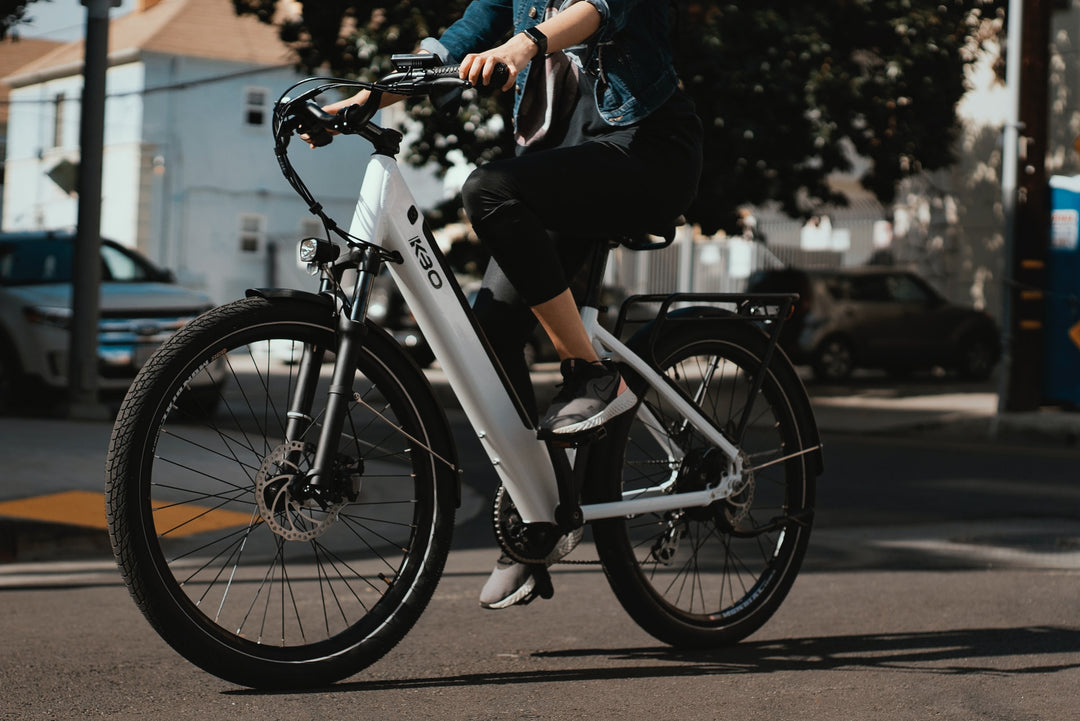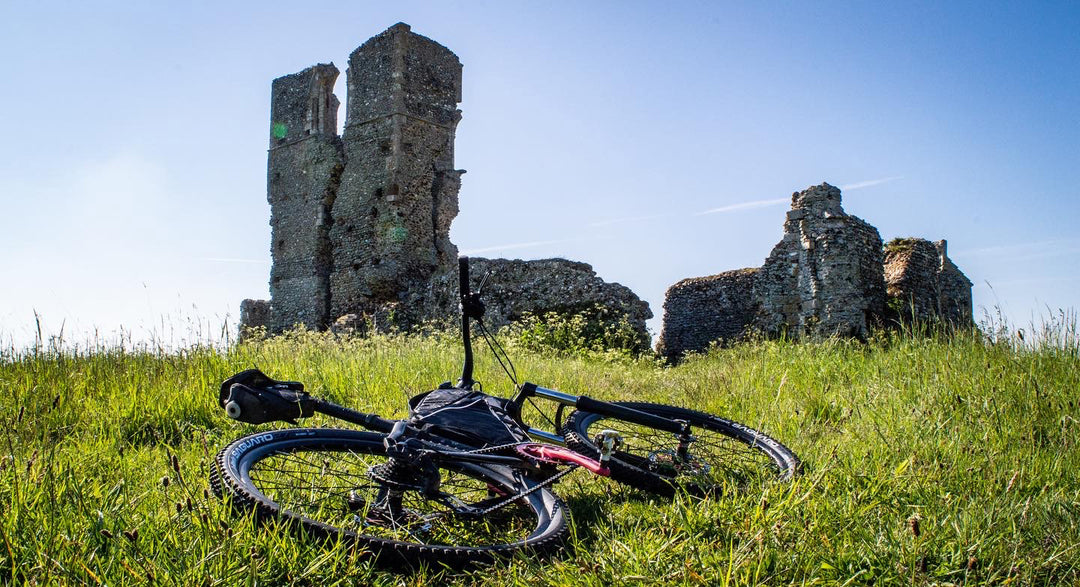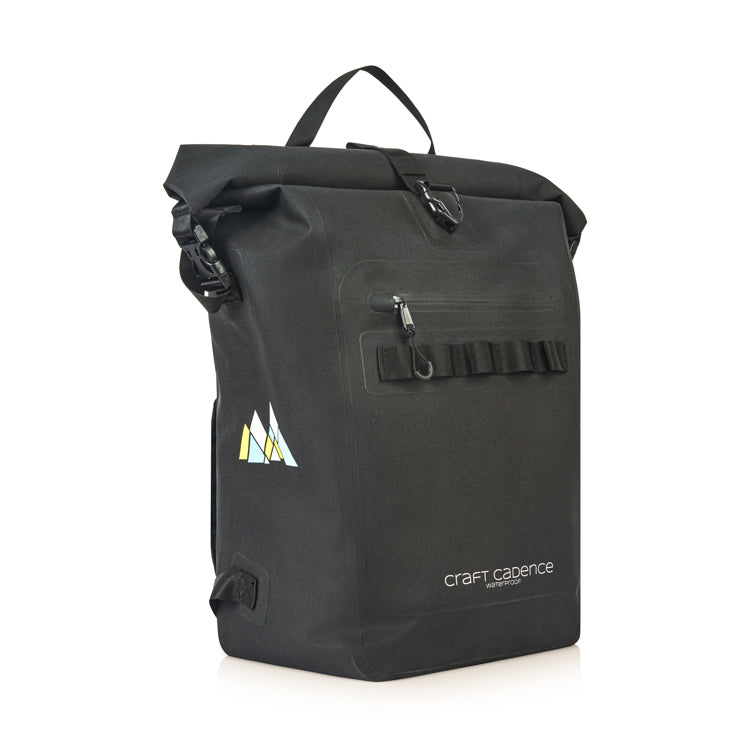The ultimate guide to waterproof handlebar bags for commuting and day trips
Waterproof handlebar bags allow you to keep your valuables safe and within easy reach. In addition, they prevent you from having to overfill your jersey pockets if you are going for a long bike ride without a backpack. Although handlebar bags are more popular with bike tourers, they can also be handy for your cycling commute or day-long bike ride. I understand peoples concerns about aerodynamics, but unless you are participating in a time trial or triathlon, you will not notice any drop in performance by having a small bag connected to your bars.
Waterproof handlebar bags for bike packing and touring
Traditionally handlebar bags have been used by bicycle tourers around the world as they provide a convenient solution for keeping valuables within quick reach. They are also super easy to detach from the bike so that when you have to stop, you do not have to carry your panniers around with you. You can leave the bike outside for a short time, safe in the knowledge that your phone and wallet are stowed safely in the handlebar bag you are carrying around with you.
A typical waterproof handlebar bag for bicycle tourers and adventurers would have the following features:
- 100% waterproof, comes with a large capacity of up to 15L;
- secure fastening to your bars.
- Lightweight, so it does not add unnecessary bulk to the bike
Access to the bag is through the sides through roll top velcros, so there is no “quick access” as such. However, the purpose is for additional storage of valuables, spare clothes or a sleeping bag that you do not need to frequently access.
Are waterproof handlebar bags useful for cycle commuters?
Although initially designed for bike packing. A handlebar bag can be a useful storage solution for cycle commuters and day riders. You are likely to be carrying less with you on your commute to work than for a weeklong bike packing adventure, so capacity is less of a consideration when looking for a handlebar bag for commuting or for a day trip.
The key requirement of a waterproof handlebar bag for commuting or day trips are that you have quick access to your valuables (as well as keeping them safe and dry) and it helps you to stay organised.
So a handlebar bag for commuting should be lightweight (around 2-3 litres), have easy access (preferably from the top), instead of from the sides,
Ideally, the bag would have 2 compartments. One waterproof rolltop compartment that you can access from the top, and a small water resistant front pocket that allows you to get in the bag even while you are riding. You can store food and snacks in there, to help you keep your energy levels up during your commute or day ride.
Things to consider when buying a waterproof handlebar bag for commuting/day trips
Ease of Access
Handlebar bags come in a few different designs. The best one for you depends on what you will use it for. If you want a handlebar bag that you can access while on the bike, or without having to remove it from your bars, then get a top access bag. If it also has a roll-top fastening, it will help to ensure that there is no water ingress within the bag.
The handlebar bags with side access are often larger but can be awkward to access while still attached to the bike and you risk the contents falling on the floor if you are not careful. Moreover, if your bike has dropped handlebars, this can make the bag even less easy to access.
Capacity/size
Handlebar bags for touring come with a capacity of 10L to 20L. If you are looking for a waterproof handlebar bag for commuting a capacity of 3-4 litres will be more than enough. Any more and they start to become cumbersome for shorter rides.
This is assuming that you are not intending on replacing your current commuting backpack with a handlebar bag. We would not recommend doing so as the type of things you need to carry on your commute, such as shirts, laptops, wash bags, and shoes would struggle to fit or stay organised in a large handlebar bag. The slender build of the bag would also crush items and limit the types of thing you can put in.
So handlebar bags should be in addition to a main commute backpack or pannier. So consider what you want to have within quick reach, rather than looking for a one size fits all solution from the handlebar bag.
Mounting
The mounting will affect how secure the bag is on your bars and how easy it is for you to take off. Some handlebar bags come with clunky plastic fittings that require installation of a mount onto your bars. Although these are often secure, they take up more room on your bars and can be heavier than the more straightforward velcro staps. Consider whether you want a permanent mount on your bike.
Due to the relative small size of a handlebar bag for commuting and day riding, multiple velcro straps should be strong enough to secure to the bike. For large capacity handlebar bags for touring, a studier mounting bracket can be considered (unless they add too much bulk and weight).
Material
Handlebar bags will get exposed to the elements and to make the best use of them. You need to get a 100% waterproof handlebar bag. The bag should come with an IP rating, which indicates how effective the bag is at preventing ingress of water. IPX5 and above is adequate for the peace of mind that the contents will be kept safe and dry.
For materials, you can get either a tarpaulin based material or a polyester or nylon based material that is coating with TPU for waterproofing. The tarpaulin material is rough wearing and cheaper than TPU coated options, however it is slightly heavier.
The polyester or nylon based materials are thinner, lighter and are just as waterproof as their tarpaulin cousins, and should be considered if lightweighting is the priority. In general, at the same thread count (measured in denims, e.g. 420D), nylon is sturdier and higher quality (and therefore more expensive) than polyester. So look for materials that either has a high thread count or better still nylon with high thread count.
Conclusion
Waterproof handlebar bags are an excellent storage solution for any cyclist. They can keep your belongings dry, easily accessible and separate to your main bag. You do not have to be planning to cycle around the world to realise their benefits. As a cycle commuter, you will want to prioritise ease of access and simple mounting over an extra-large capacity (over 10L). Whatever handlebar bag you choose, make sure it is 100% waterproof!
Have you used a waterproof handlebar bag before? Do you agree that they can be useful for cycle commuters as well as day raiding? What is the most important feature of a handlebar bag to you?
Cover photo credit: am R. on Flikr under Creative Commons.




